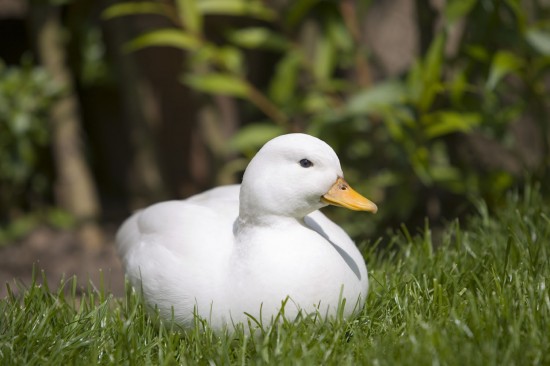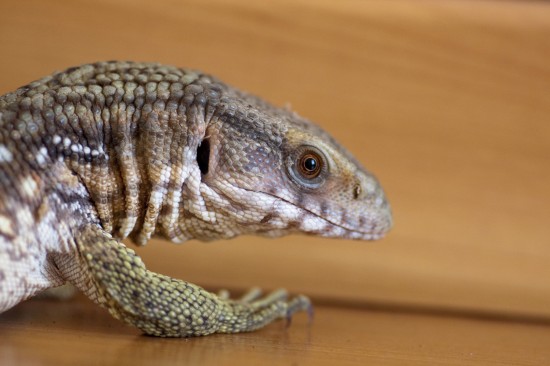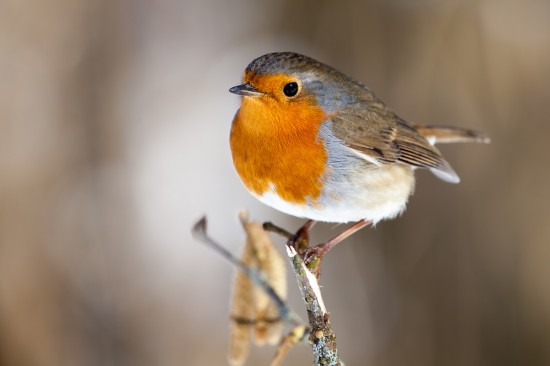
These are some of my favorite floating aquatic plants that I take advantage of for my pond. The roots are submerged aided by the leaves and stems generously floating about the surface, the flowers, if there is any, above the surface. They're widely available from all good garden centres.
Azolla (Fairy Moss)
This really is the most widely available of all Foaters, plus the one that you might almost certainly be offered is the Azolla caroliniana. It抯 a small fern with fronds which measure about 1/2 in. across. The dense mats of pale green leaves spread quite rapidly and if left unchecked the entire surface of the pond can become covered, so only introduce this plant where the pond is sufficiently small so that you can take away excess growth using a net. In the summertime the fronds turn red and in the winter much of the plant is reduced by frost and ice. It can be a good idea to overwinter a few of the fern within a jam jar filled with water and soil - reintroduce in April.
Eichornia (Water Hyacinth)
Eichornia crassipes is a menace to waterways in frost-free countries but it抯 a colourful Floater for outdoor ponds in Britain between June and September. The leaves are dark and shiny with swollen stems. The late summer flowers are extremely attractive- strong spikes bear Orchid-like blooms of blue, lavender and yellow. However, the catalogues sometimes forget to mention how the flowers fail to appear in a very cool summer. Plant in June and take them indoors before the very first frosts.
Hydrocharis (Frog-bit)
Hydrocharis morsus-renae is a good choice for a tiny pond or perhaps a minipond, growth is then restrained and a succession of tiny and short-lived white flowers appear in the summer. In autumn the foliage begins to die off and so the plant survives at the bottom of the pond with the form of dormant buds. In early the summer time these rise to the surface and growth begins again. When Hydrocharis isn抰 in flower it looks a lot like a Water Lily. The green kidney shaped leaves measure 1 - 2in. across. Overwinter some buds inside a jam jar with water and soil- put back into the pond in April.
Lemna (Duckweed)
Duckweed can be found in the catalogues, but do take care. You can see Lemna in stagnant ponds everywhere with a bright green blanket covering the surface. The standard pattern is a small leaf that has a root below together with a rapid rate of growth. Several types may be offered by your supplier and they do provide food for the fish along with providing shade for the water surface. Additionally you can find L.gibba(thick duckweed) and L.polyrhiza (greater duckweed). Avoid them like they were the plague, really the only one to consider is the much less invasive L. trisulca.
I hope people will find these short articles useful and enlightening, I do enjoy writing them so I hope you enjoy reading them nearly as much. Maybe I should add some pictures to go with the descriptions. I am always open to any suggestions to make my articles more interesting.
 First-aid Kits For Dogs - Must Have Items
First-aid Kits Fo
First-aid Kits For Dogs - Must Have Items
First-aid Kits Fo
 3 Gorgeous Domestic Duck Breeds To Keep In A Garden
3 Gorgeous Domest
3 Gorgeous Domestic Duck Breeds To Keep In A Garden
3 Gorgeous Domest
 Chicken Coop Known To Be the Luxury Home for a Chicken
Chicken Coop Known To Be the Luxury Home for a Chicken
Chicken Coop Known To Be the Luxury Home for a Chicken
Chicken Coop Known To Be the Luxury Home for a Chicken
 Keeping A Monitor Lizard
Keeping A Monitor
Keeping A Monitor Lizard
Keeping A Monitor
 Feeding Wild Birds During The Winter
Feeding Wild Bird
Feeding Wild Birds During The Winter
Feeding Wild Bird
Copyright © 2005-2016 Pet Information All Rights Reserved
Contact us: www162date@outlook.com